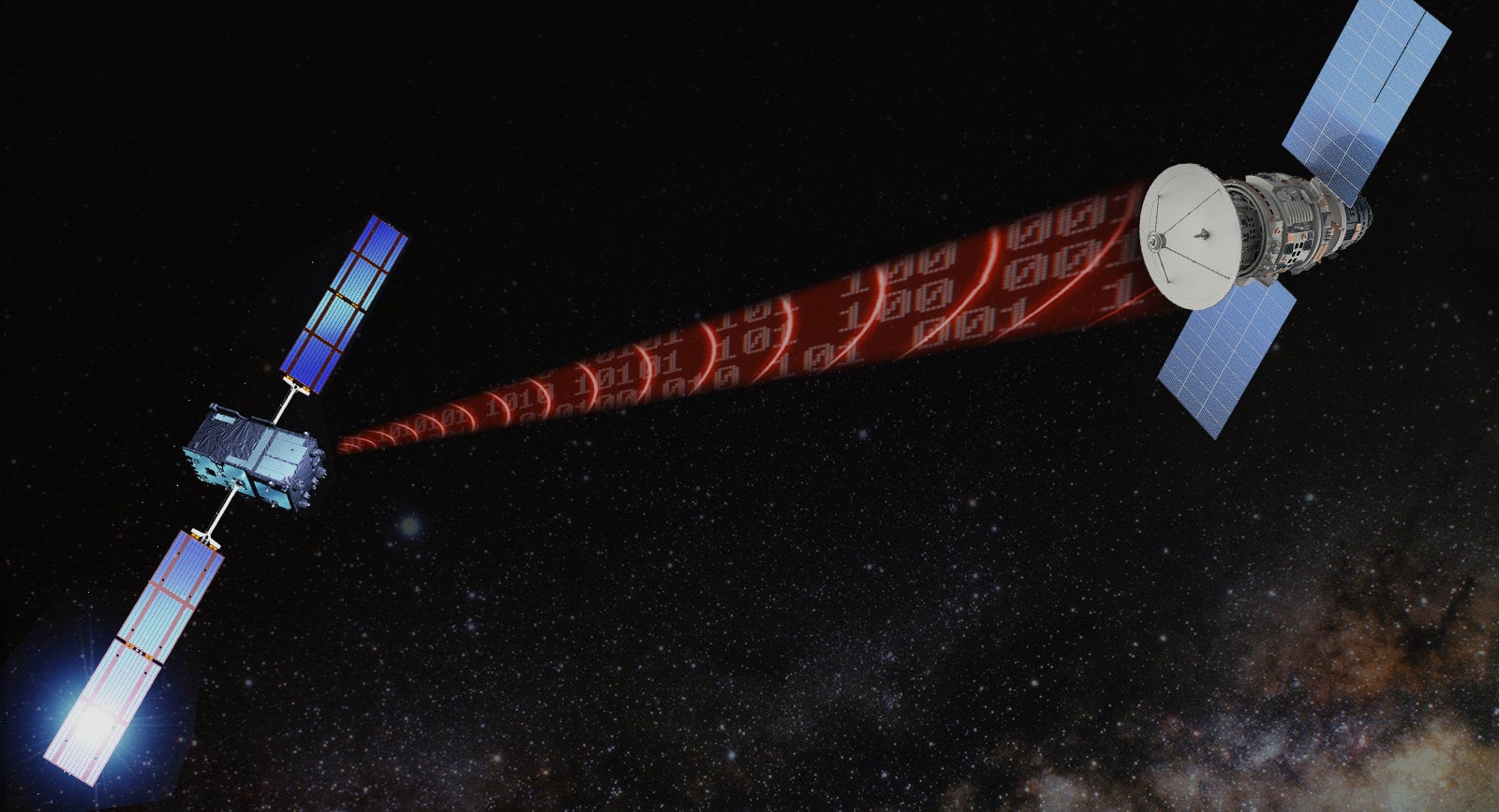On
February 11th, 2016
, scientists at the
Laser Interferometer Gravitational-wave Observatory
(LIGO) made history when they announced the first detection of gravitational waves. Originally predicted made by
Einstein's Theory of General Relativity
a century prior, these waves are essentially ripples in space-time that are formed by major astronomical events – such as the merger of a binary black hole pair.
This discovery not only opened up an exciting new field of research, but has opened the door to many intriguing possibilities. One such possibility, according to a
new study
by a team of Russian scientists, is that gravitational waves could be used to transmit information. In much the same way as electromagnetic waves are used to communicate via antennas and satellites, the future of communications could be gravitationally-based.
The study, which recently appeared in the scientific journal
*Classical and Quantum Gravity*
, was led by Olga Babourova, a professor at the
Moscow Pedagogical State University
(MPSU), and included members from
Moscow Automobile and Road Construction State Technical University
(MADI) and the
Peoples' Friendship University of Russia
(RUDN).
For the sake of their study, the team conducted a three-stage study to determine if GWs could be encoded and used to transmit information. In the first stage, they analyzed the properties of GWs in a generalized affine-metric space (a three-dimensional algebraic construction that is independent of vectors or points of origin). This is similar to how the properties of electromagnetic waves (and
General Relativity
) are evaluated using the four-dimensional manifold known as Minowski space-time.
This allowed the team to move from their mathematical interpretation of GWs to their description in real space. In the second stage, the researchers sought to determine whether or not various functions of time would change in the process of the wave's distribution. What they found was that the characteristics of a wave could be set at the source, and then decoded unchanged at a second source.
In the third stage, the researchers tested to see if their non-metrical structure of gravitational waves could be used to encode an information signal. From this, they determined that of the four dimensions of a wave (three spatial dimensions and one time dimension), three could be used to encode an information signal using only one function while the fourth could be encoded using two functions.
As Nina V. Markova - an assistant professor at the C.M. Nikolsky Mathematical Institute, a staff member of RUDN and a co-author on the study - summarized in a recent RUDN
press release
:
"We found that nonmetricity waves are able to transmit data similarly to the recently discovered curvature waves, because their description contains arbitrary functions of delayed time that can be encoded in the source of such waves (in a perfect analogy to electromagnetic waves)."
Overall, the team demonstrated that based on their mathematical representation, there are functions with gravitational waves that remain invariable in the process of wave distribution. What this means is that it could be possible to encode information in these waves the same way we have been using electromagnetic waves to transfer encoded information via radio signals for over a century.
So if scientists can develop a method to incorporate information into a gravitational wave source, they could communicate it to any point in space without change. This would have tremendous implications for communications in space, where satellites and future space stations could transmit information using radio, optical and/or gravitational wave signals.
Yet another exciting opportunity for the future of space exploration. And it was all made possible thanks to a field of scientific research that has grown exponentially in just a few years.
Further Reading: Phys.org, Classical and Quantum Gravity
 Universe Today
Universe Today
